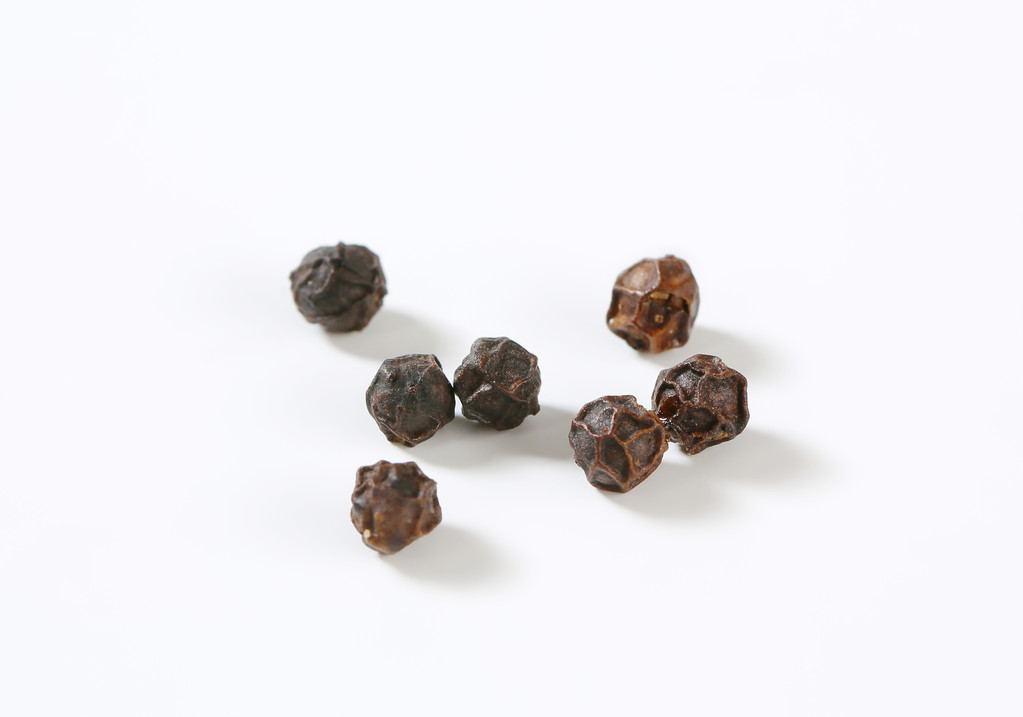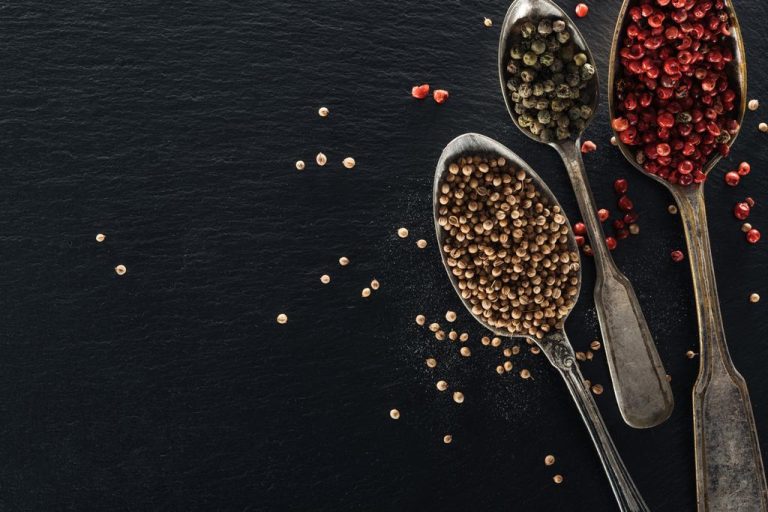Szechuan pepper is known for its tingling aroma. But it is not only used in the kitchen: in traditional Chinese medicine, the special pepper is considered a medicinal plant.
Szechuan Pepper: Origin of the exotic pepper
Szechuan pepper bears its origin in its name: it originally comes from the Chinese province of Sichuan, where it is an important part of traditional cuisine. Today, the plant is mainly cultivated in China, Japan, Nepal, Tibet and Korea, but also to some extent in Africa and America.
There are various names for Szechuan pepper, so it is also known as Japanese pepper, Chinese pepper, anise pepper or mountain pepper. Strictly speaking, Szechuan pepper is not a pepper, but belongs to the rue family as part of the Zanthoxylum genus and is therefore related to the citrus plants.
Szechuan Pepper: Aroma and use as a spice
Szechuan pepper is known less for its heat than for its tingling effect in the mouth. Due to the amides it contains, which make up up to three percent of the seed pods, the tongue and lips become slightly numb when eaten. Szechuan pepper also has a subtle citrus note.
Traditionally, Szechuan pepper is often combined with hot spices such as chili or hot paprika. The intense pepper is also part of the Asian “five spice powder”. Typical dishes with Szechuan pepper include the Chinese “hot pot”, a type of meat-based stew, and “momo”. The latter is a steamed dumpling dish eaten in Nepal, Bhutan and Tibet. Szechuan pepper is often combined with meat dishes, but it also goes very well with legumes or vegetables such as pumpkin or carrots.
By the way: If possible, you should not heat Szechuan pepper, as the aroma is lost if the temperature is too high. It is therefore best to add the spice only at the end of the cooking time.
Usually only the seed shells are used as a spice, which carry the intense aroma. Harvest time of the fruits is in August. The seeds are then dried at 40 to 60 degrees Celsius. This makes it easier to detach the wrinkled red-brown to black seed pods. The peels are then either ground into a powder or sold whole, which preserves their volatile aroma for longer.
You can also eat the unripe fruit, the blossom and the young leaves. In Japan, for example, they are used in miso pastes.

Szechuan pepper as a medicinal herb
Szechuan pepper is said to have numerous healing effects. In traditional Chinese medicine, for example, the plant is used as a remedy against cold and damp. However, these are not scientifically proven.
The seeds, fruit, and leaves contain antioxidants that are said to help with gastrointestinal problems and bladder disorders. Szechuan pepper, for example, is used against a feeling of fullness and is said to stimulate digestion. Traditionally, Szechuan pepper was also used as a remedy against worms, as it is said to have antibacterial and antiparasitic effects. Szechuan pepper is also known to be diuretic, antihypertensive and appetite stimulant.
In order to take advantage of the special healing effects, you can brew the leaves of the Szechuan pepper as a tea.
Add 1-2 teaspoons of the leaves to a cup.
Pour boiling water over them.
Let them steep for ten minutes.
Then remove the leaves.

